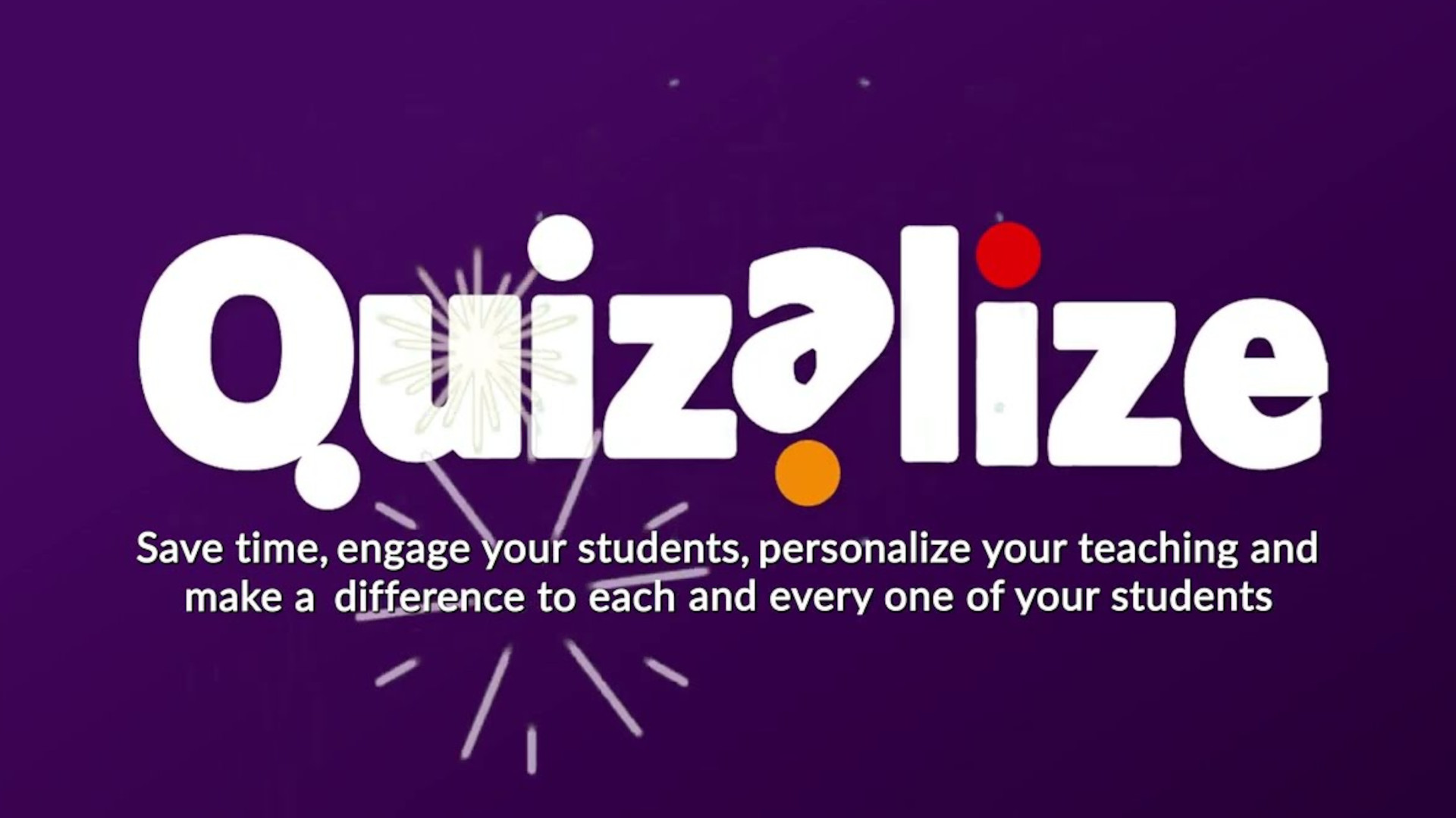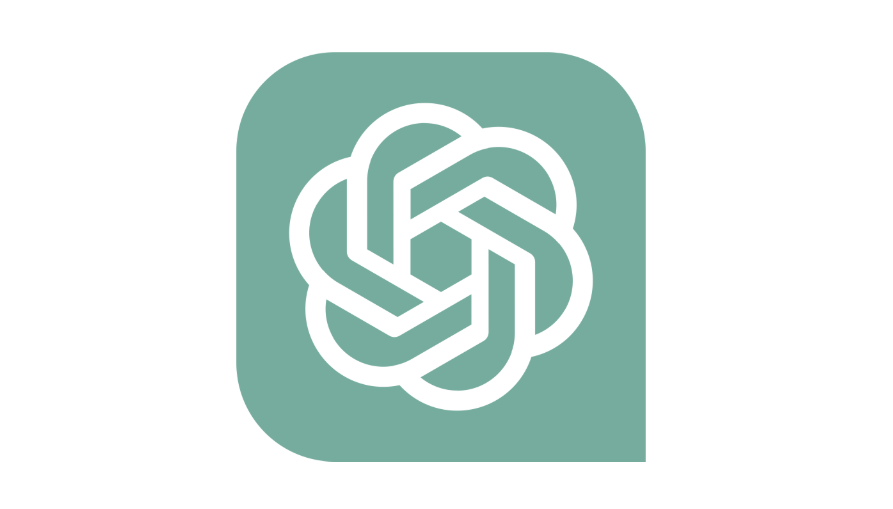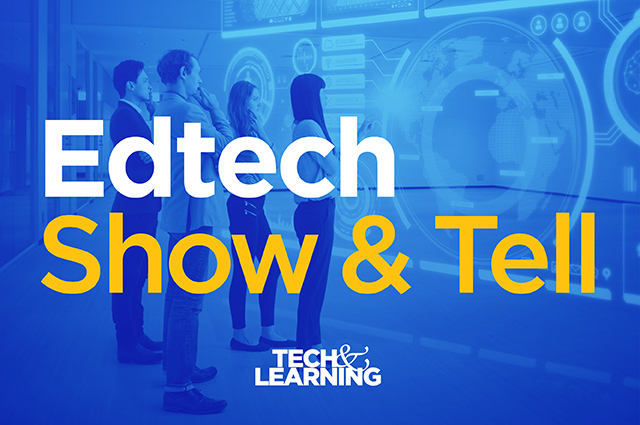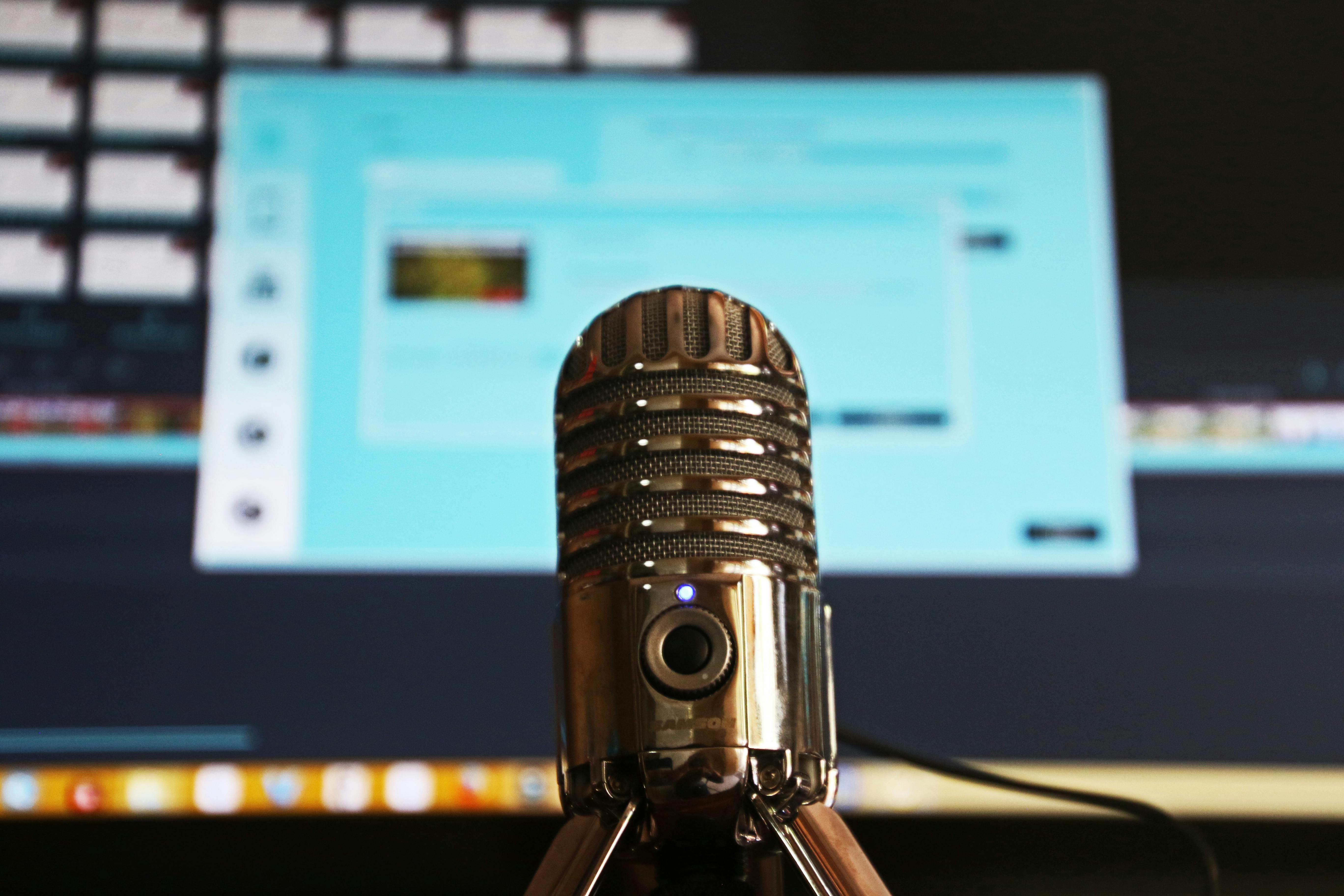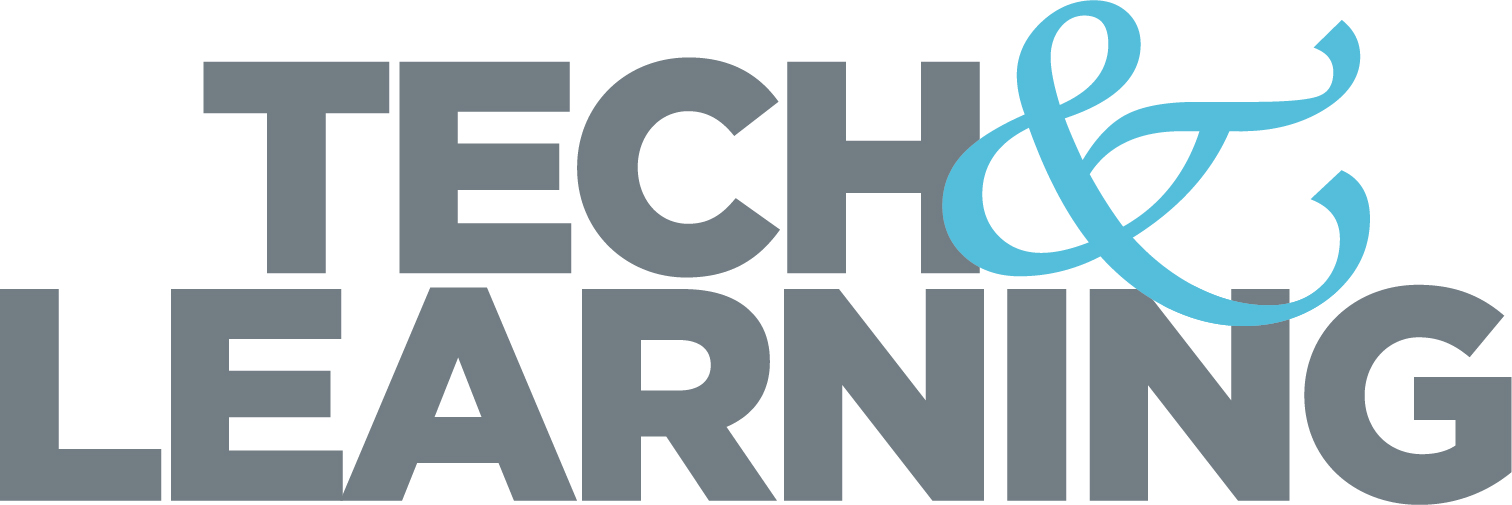What OpenAI’s New GPT Store Means for Educators
OpenAI is making customized versions of ChatGPT much more easily available, including many education-specific tools.
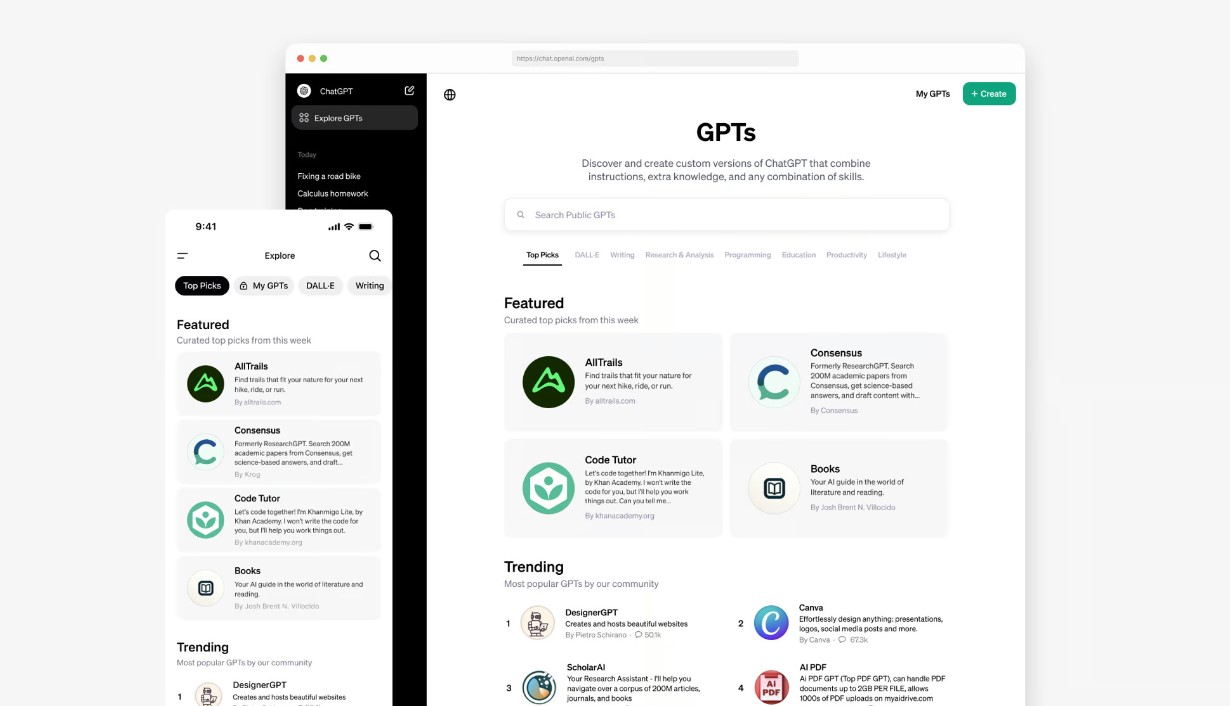
OpenAI just launched its GPT store, giving paid subscribers – including educators – access to a wide range of customized AI tools utilizing the latest and greatest GPT technology.
This is big news for educators as many of the GPTs featured in the store are designed for educators, including a code tutor from Khan Academy and a presentation design tool from Canva. Teachers can also customize their own GPT and make it available on the store, which seems set to function similarly to Apple's or Google's app stores.
Of course, this all means keeping track of everything that is available to educators and their students in the AI space just became even harder. However, to take one thing off your plate, here’s a rundown of everything educators need to know about OpenAI’s new GPT store.
Wait, What is A GPT Again?
GPTs (Generative Pre-Trained Transformers) are what OpenAi, makers of ChatGPT, call custom versions of ChatGPT. A new feature now allows ChatGPT subscribers to make their own GPTs. This does not require any coding and is easy to do -- even for non-tech savvy teachers.
The customizable GPT feature was made available to ChatGPT Plus subscribers in November and since then users have created more than 3 million GPTs.
So What is The GPT Store and Why Is It Important for Educators?
The GPT store is a place where users can post their GPTs. Currently, they can’t sell these AI tools, but that’s a feature executives at OpenAI intend to make available in the coming months.
Teaching and learning tools seem particularly popular on the store currently. In a recent post announcing the feature, OpenAI highlighted several education-specific or -friendly apps such as the aforementioned GPTs from Khan Academy and Canva. Other education GPts include a tool called Books, billed as an AI guide to literature and reading, and CK-12 Flexi, a math and science tutor.
Tech & Learning Newsletter
Tools and ideas to transform education. Sign up below.
You can find more featured education GPTs here.
Who Has Access to The GPT Store?
Like many good things these days, including all your favorite TV shows, getting access to the GPT Store requires a subscription.
The tool is currently available to ChatGPT Plus, Team, and Enterprise users. ChatGPT Plus costs $20 per month, while Team and Enterprise are subscription plans designed for organizations, so costs vary depending on the number of employees who need access.
I Have a Great Idea for A GPT That Will Teach in Yoda Speak. Can I Do This?
Do this, you can.
To create this or any other GPT you can dream up, you’ll just need a ChatGPT Plus subscription. Then go to OpenAI’s GPTs editor. No coding is required and you can make your instructions as complex or simple as you want.
In a blog post, OpenAI suggests you can ask GPT builder to do something like: "Make a creative who helps generate visuals for new products" or "Make a software engineer who helps format my code." You can then add this custom GPT to the new GPT store, provided it adheres to OpenAI’s usage policies and GPT brand guidelines.
As the store evolves, it will be interesting to see whether a community of educators emerges around the design and sharing of education-specific GPTs. Here’s hoping it will.
Erik Ofgang is a Tech & Learning contributor. A journalist, author and educator, his work has appeared in The New York Times, the Washington Post, the Smithsonian, The Atlantic, and Associated Press. He currently teaches at Western Connecticut State University’s MFA program. While a staff writer at Connecticut Magazine he won a Society of Professional Journalism Award for his education reporting. He is interested in how humans learn and how technology can make that more effective.


